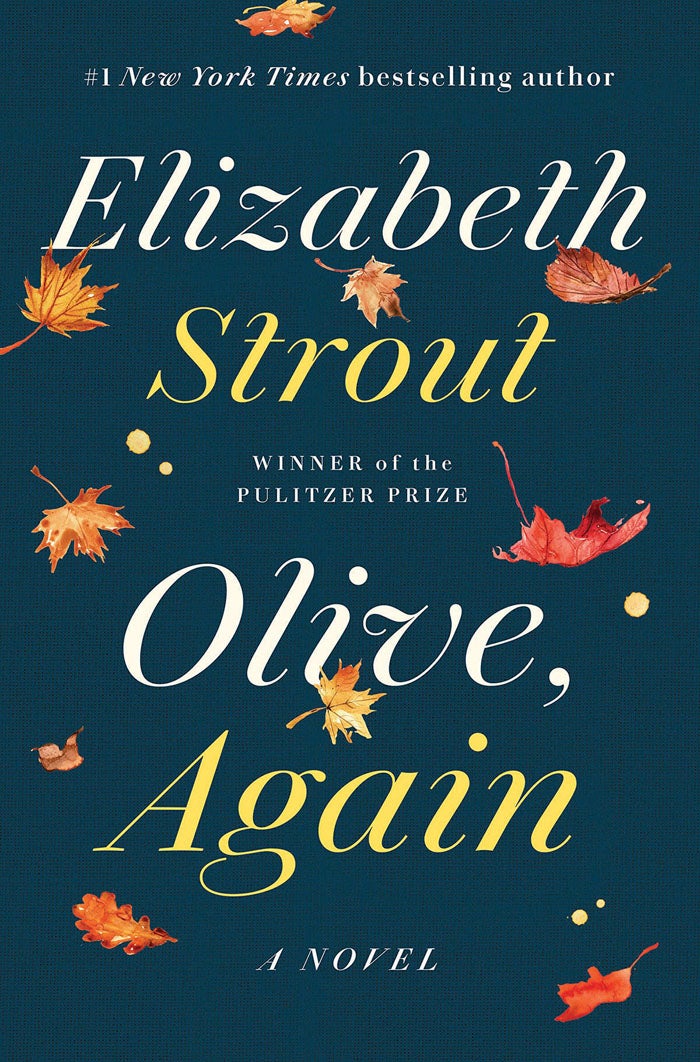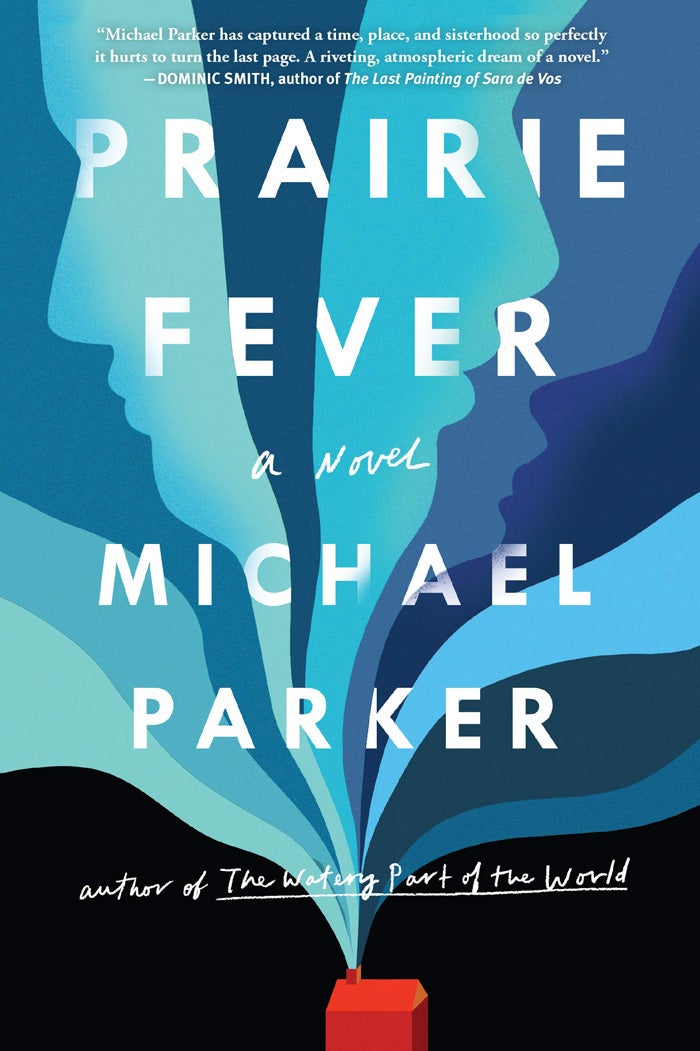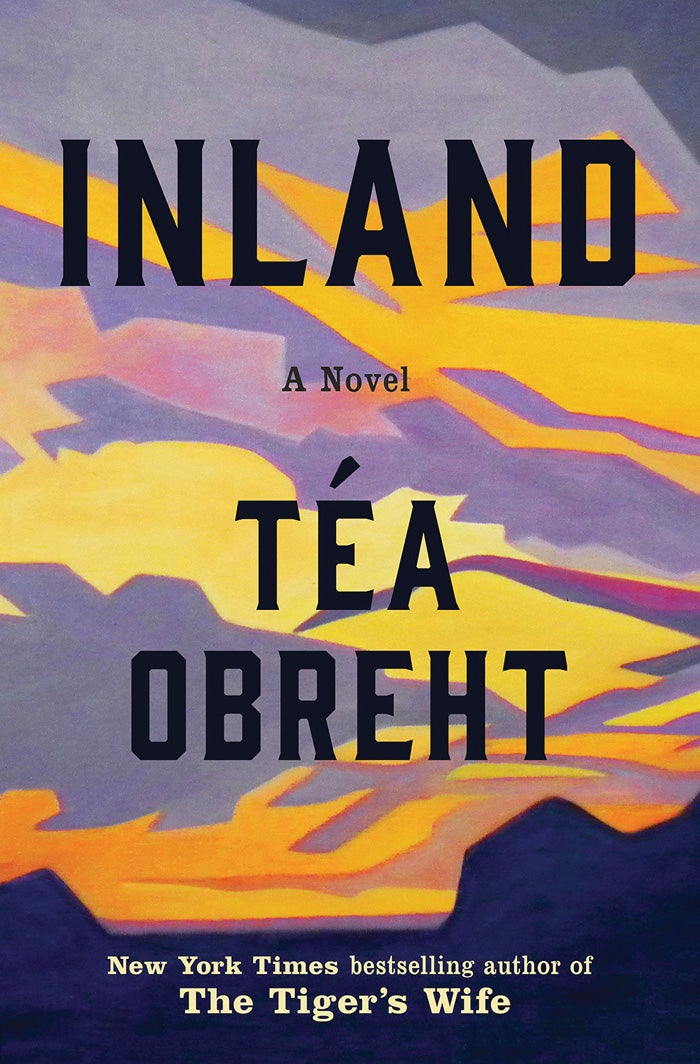My favorite books of 2019
Published 12:00 am Thursday, January 2, 2020
I don’t do resolutions, so I didn’t set a reading goal for 2019. I read mostly what I wanted to, and found great pleasure in that. There were so many more books I hoped to get to, but we all know what time is like — always shrinking.
I had three favorite books of the year, books I often recommend, and two that were published at the end of 2018 that were reviewed this year and made the list.
Two of my favorites shared settings in the 19th century West. “Prairie Fever,” by Michael Parker, might be my favorite of the year.
Parker has so much poetry in his prose, and this time, he tells a story of sisters, haunted by the bitter cold of a prairie snowstorm for the rest of their lives. One girl is a dreamer, one an unhappy realist. The way Parker tells their stories and weaves their lives through history and each other, is beautifully told. There are bits of language in that book that absolutely sing.
“Inland,” by Tea Obreht, elicited unexpected emotions. Obreht, author of the fantastical novel, “The Tiger’s Wife,” here uses a real thread to pull together two stories, one marked by dreams and folklore, one all too realistic, from the heat to the drought to the bitter loneliness.
If you describe it as a novel about the ill-fated attempt by the U.S. government to use camels out West and the story of the haunted man who rides one and a woman whose husband goes in search of water, never to return, it doesn’t sound like much. But it is, so much. So much about humanity.
The way the two main characters finally meet is breathtaking and chilling. Obreht uses simple language in remarkable ways to to create worlds we know and yet do not know.
My favorite book, because I feel as if I know her, is “Olive, Again,” the further adventures of Olive Kitteridge. Elizabeth Strout must be one of the best writers of human emotion in modern times. She captures such nuances, just with a described gesture, or a single word. “Olive Kitteridge” was a collection of short stories, published in 2008, featuring the curmudgeonly Olive in connected stories from Crosby Maine.
Strout said Olive wasn’t finished with her yet, and so wrote these stories, to bring the older, wiser Olive back. She’s still feisty, but age has given her perspective and it’s wonderful to spend time with her.
It was also wonderful to spend time with Judy Goldman and her husband in “Together,” Goldman’s memoir of her husband’s battle with a botched epidural that left him nearly paralyzed. As they battle doctors, insurance companies, misconceptions and their own fears, the strength of their marriage comes to the fore.
Goldman explains that where she is weak, he is strong, and now when he is weak, she must be strong, and that they must love each other all the more. It’s a testament to a beautiful marriage, and a reminder of what for better and for worse means — dedication to each other.
George Singleton, one of the funniest guys I’ve ever met, had a new collection of short stories in late 2018, “Staff Picks.” In it, he continues to skewer the South, particularly his home state of South Carolina, with his tongue in his cheek and a wink of his eye. The wacky characters he imagines sound a lot like people you may know, and their situations, though exaggerated, are not far-fetched in the land where the peculiar relatives are put on parade.
Two non-fiction books captured my attention, and one is almost a true crime novel. “Furious Hours: Murder, Fraud and the Last Trial of Harper Lee,” by Casey Cep, was fascinating. It told the story of a serial murderer in the 1970s who uses loopholes in the early life insurance industry to make money off killing his relatives. The true story of the Rev. Willie Maxwell is incredible, as is the frustration of various officers of the law who try to pin anything on Maxwell.
Then the story of Lee’s attempt to write a book about it all, much as her friend Truman Capote did with “In Cold Blood,” is as fascinating and rather tragic. It will also change the way you feel about Capote’s book. Facts were never quite enough for him.
Bill Bryson’s “The Body” is one I’ll dip into again, with its subtitle “A Guide for Occupants.” This is a compendium of information about the human body — how much we know and how very little we know. It’s humorous, amazing, detailed, sometimes gory and the kind of thing you can amaze your friends with, like the number of bacteria living on our skin at any time.
Kristy Woodson Harvey wrapped up her Peachtree Bluff series with “Southern Side of Paradise,” bringing joy to mother Ansley and her three conflicted daughters. Her new book, “Feels Like Falling,” comes out in the spring. It is a new story.
In stark contrast, Ivelisse Rodriguez, who taught at Catawba College briefly, shared “Love War Stories,” about the difficult and often painful relationship Latino women have with men. They must have a man to be complete, in society’s eyes, but the men are fickle, sometimes violent and usually disappointing.
I enjoyed “Sugar Run,” by Mesha Maren, the story of a young woman ex-con and her struggle to reclaim her life and her place in an Appalachia being torn apart by fracking. Val Nieman wrote a chilling and weird horror story in “To The Bones” that was appropriately haunting, and touched on more environmental issues in vulnerable areas.
Abigail DeWitt revisited the pain of World War II, and its affect on families for generations to come in a thoughtful book, “News of Our Loved Ones.”
Resolved: Read more in 2020.





